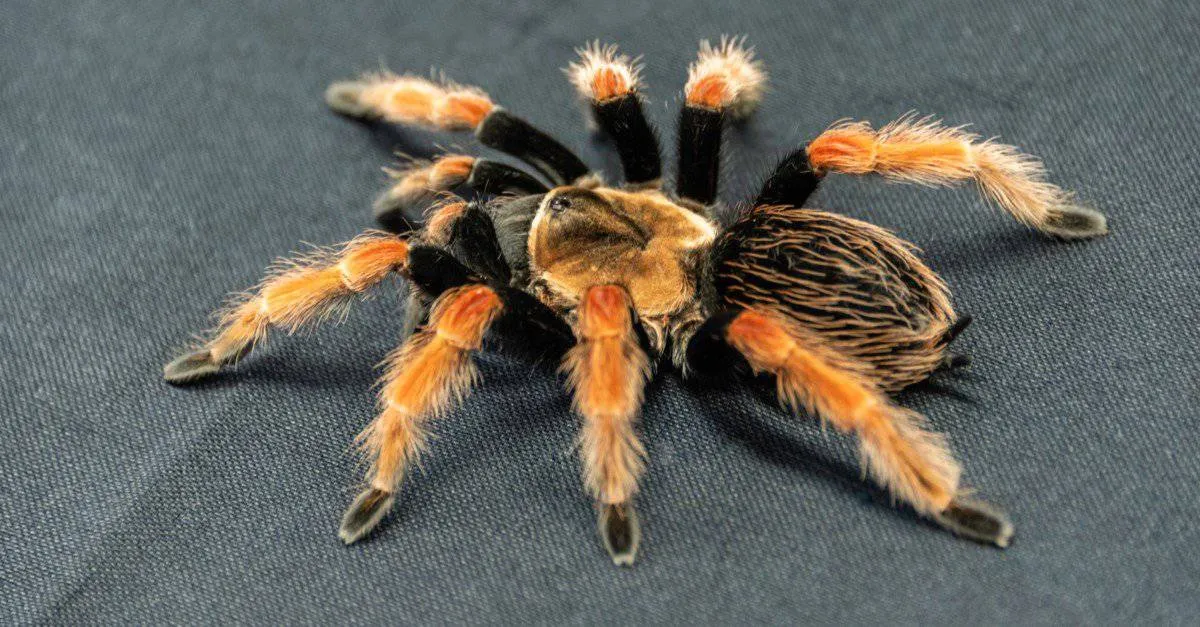Understanding Baby Tarantula Feeding Needs
Feeding a baby tarantula is a delicate process that requires careful consideration of their specific needs. These tiny arachnids have unique dietary requirements compared to their adult counterparts, and understanding these needs is crucial for their healthy growth and development. The feeding process is not just about providing food, it’s about creating a safe and stimulating environment that encourages them to eat. Baby tarantulas, also known as spiderlings, are in a particularly vulnerable stage. Their exoskeletons are soft, making them susceptible to injury, and they are highly dependent on their environment for survival. Providing the right food in the right amount is, therefore, a critical component of their care, impacting their overall well-being and longevity. Careful attention to feeding habits can also offer insights into the spiderling’s health and any potential problems.
Why Baby Tarantulas Need Special Care
Baby tarantulas require special care due to their smaller size and vulnerability. Their metabolic rates are higher than those of adult tarantulas, meaning they need to eat more frequently relative to their body size. The smaller prey they consume also needs to be appropriately sized, and the feeding process must be carefully managed to prevent stress or injury. Their exoskeletons are also softer, making them susceptible to damage from incorrectly sized prey or rough handling. Furthermore, maintaining a consistent feeding schedule is vital because irregular feeding can lead to delayed growth or other health issues. Baby tarantulas also lack the robust feeding responses of their adult counterparts, requiring a more patient and observant approach to their care. Regular observation of the baby tarantula is essential in identifying any potential feeding problems or health concerns, such as refusal to eat, changes in activity levels, or signs of illness.
Factors Influencing Feeding Frequency
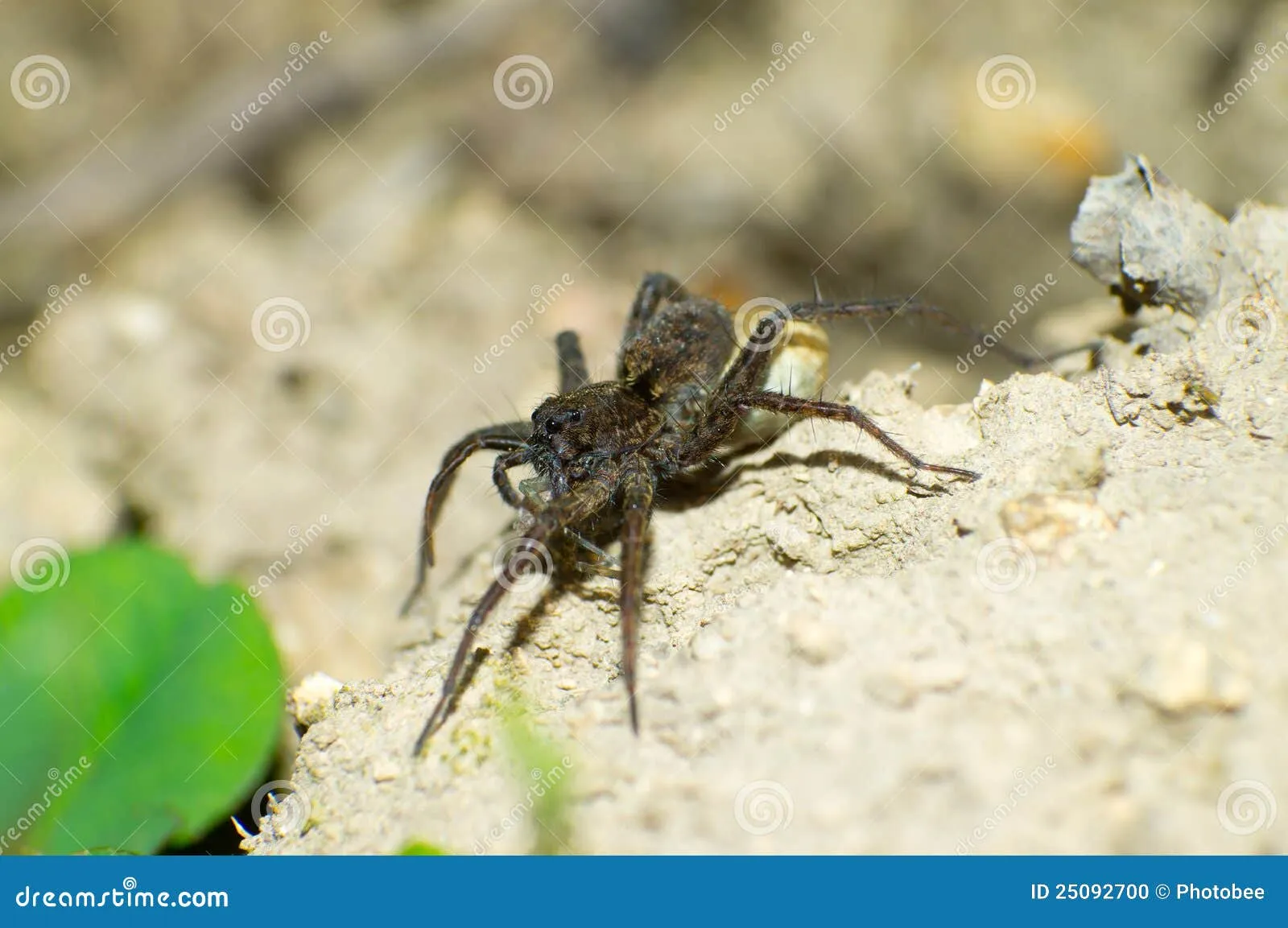
Several factors influence how often you should feed your baby tarantula. These include the species of the tarantula, its age, its current size, and the environmental conditions of its enclosure. For instance, faster-growing species might need to be fed more often than slower-growing ones. Age is a critical factor, with younger spiderlings requiring more frequent meals compared to older ones. The size of the tarantula directly impacts how much it needs to eat, with larger spiderlings requiring larger portions. Environmental factors such as temperature also play a significant role. Higher temperatures can increase the spiderling’s metabolism, increasing its need for food, while lower temperatures might slow down its metabolism and feeding frequency. It’s also crucial to consider the molt cycle. Tarantulas typically stop eating a week or two before molting, so it’s important to adjust the feeding schedule accordingly. Monitoring these factors will ensure your baby tarantula receives the right amount of food at the right time.
Choosing the Right Food for Your Baby Tarantula
Choosing the right food for your baby tarantula is essential for its health and growth. The ideal food should be easy to catch and digest, and it should provide a balanced diet. The size of the prey is critical. It should be small enough for the spiderling to handle but large enough to provide adequate nutrition. Live prey is generally preferred, as it stimulates the tarantula’s natural hunting instincts. It is recommended to offer a variety of food to ensure that the tarantula gets all of the nutrients it needs. The availability of fresh, healthy prey is also a major consideration. Make sure that the prey you offer is free from parasites or exposure to pesticides. It’s always better to source prey from a reputable supplier. Also, maintaining a supply of food and the right environment is crucial to the health of your baby tarantula.
Live Prey Options
Live prey is the cornerstone of a baby tarantula’s diet, as it provides essential nutrients and encourages their natural hunting behavior. There are several live prey options that are suitable for baby tarantulas, each with its own pros and cons. The key is to choose prey that is appropriately sized for the spiderling. Smaller prey items are easier for the tarantula to handle and consume. Providing a varied diet, which includes different types of live prey, will help ensure your baby tarantula receives all the necessary nutrients for optimal growth. This diversity can also stimulate their appetite and prevent them from becoming bored with their food. Remember, safety is always paramount. Prey items should be healthy and free from any potential contaminants or diseases. It’s also good practice to remove any uneaten prey from the enclosure after a certain period, to avoid stressing the tarantula or exposing it to potential harm.
Drosophila melanogaster or Hydei
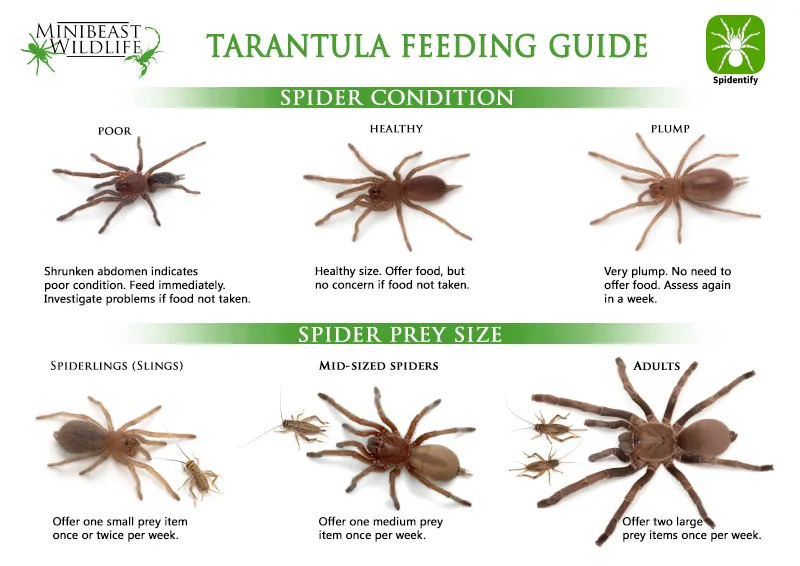
Fruit flies are an excellent food source for baby tarantulas, especially the smaller species. Drosophila melanogaster, the common fruit fly, and Drosophila hydei, a larger variety, are both frequently used. They are small, soft-bodied, and easy for baby tarantulas to capture and consume. Fruit flies are also relatively easy to culture at home, making them a convenient option. The nutritional value of fruit flies is reasonable, providing a source of protein and other essential nutrients. When using fruit flies, ensure you’re providing a sufficient number, as the tarantula needs to eat multiple flies at a time. The best practice is to release a small swarm of fruit flies into the enclosure and let the spiderling hunt. Be mindful of any potential for fruit flies to escape and establish themselves in your home. Fruit flies also don’t live very long, so replace them as needed.
Pinhead Crickets
Pinhead crickets are another popular live prey option for baby tarantulas. They are the smallest size of cricket available, making them ideal for spiderlings. Pinhead crickets offer a good source of protein and are readily available from pet stores and online suppliers. Before feeding, make sure that the pinhead crickets are properly gut-loaded, providing them with a nutritious diet for at least 24 hours before offering them to your tarantula. This helps increase the nutritional value of the crickets. To feed pinhead crickets, place a few in the spiderling’s enclosure. Monitor the tarantula to ensure it is successful in catching and eating the crickets. Remove any uneaten crickets after a few hours to prevent stressing the tarantula. The main concern with pinhead crickets is their ability to hide and potentially injure a molting tarantula, so careful monitoring and removal of uneaten prey are essential.
Pre-killed Prey
Pre-killed prey can be a viable option for feeding baby tarantulas, especially if live prey is unavailable or if the spiderling shows a reluctance to hunt. This method eliminates the risk of injury to the tarantula from struggling prey. Pre-killed prey also allows for easier portion control and nutritional management. The type of pre-killed prey depends on what is available. Small crickets, mealworms, or even small pieces of larger insects can be offered. Be sure the prey is fresh and has not been stored for too long. When offering pre-killed prey, use tweezers to gently present it to the tarantula. It may take a few attempts to encourage the spiderling to accept the food. Remove the prey if it’s not eaten within a few hours to maintain hygiene and prevent mold growth. Pre-killed prey may not be as stimulating as live prey, so it’s a good idea to try various feeding methods to keep your baby tarantula interested.
Preparing Prey for Baby Tarantulas
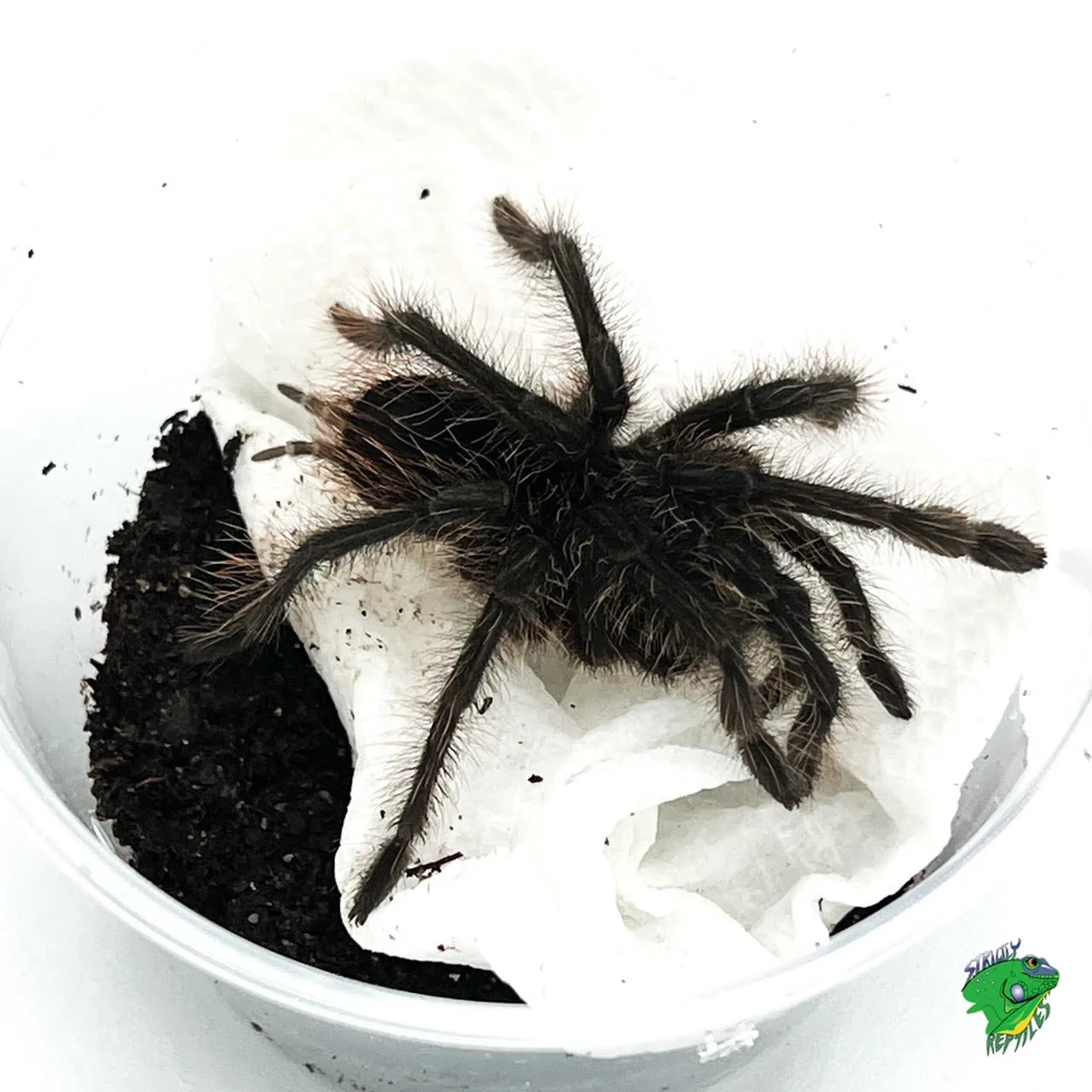
Properly preparing prey is vital for a baby tarantula’s health and safety. The size of the prey must be suitable for the size of the spiderling. The general rule is that the prey should be no larger than the tarantula’s body, including its legs. For pinhead crickets, this often means selecting the smallest available size. With fruit flies, providing a swarm of the appropriate size is usually sufficient. Ensure the prey is in good condition. Live prey should be healthy and active. Crickets and other insects should be gut-loaded with nutritious foods before feeding. For pre-killed prey, ensure it is fresh and has been properly stored. Also, if the prey is too large, cut it into smaller, manageable pieces, for example, a cricket leg. By following these guidelines, you can provide safe, nutritious meals for your baby tarantula.
Feeding Schedule & Techniques
Establishing a regular feeding schedule and using the correct feeding techniques is essential for raising healthy baby tarantulas. This part of the guide provides useful information to help you ensure that your baby tarantula receives proper nourishment. The frequency and amount of food offered are essential, so learn the signs of a healthy appetite and the common mistakes to avoid. By following these guidelines, you can help your baby tarantula thrive.
How Often to Feed
The feeding frequency for baby tarantulas varies depending on their species, age, and growth rate. As a general guideline, spiderlings should be fed 2-3 times per week. Observe your tarantula’s feeding habits and body condition. If the spiderling readily consumes its prey and appears healthy, you can maintain this feeding schedule. However, if it consistently refuses food, it may be a sign of an impending molt or other health issue. Younger tarantulas, which are in the early stages of growth, might need more frequent feeding than older ones. Adjust the feeding frequency accordingly, but avoid overfeeding. The goal is to provide enough nutrition to support healthy growth, without causing unnecessary stress. Always remove any uneaten prey within 24 hours to prevent any issues. The primary objective is to strike the right balance, offering regular feeding to support growth and development.
How Much to Feed

The amount of food to offer a baby tarantula is best determined by the size of the spiderling. When using live prey, offer one or two appropriately sized insects per feeding. For fruit flies, a small swarm is usually sufficient. It’s better to start with a small amount of food and monitor if the spiderling eats it all. If the tarantula eats everything offered, you may increase the portion at the next feeding. Be careful not to overfeed, as this can lead to unnecessary stress and health issues. It’s important to ensure that your baby tarantula is actively hunting and consuming its food. Adjust the feeding amount as the spiderling grows, increasing the size of the prey and the number of insects as needed. Monitoring the abdomen size can also help determine the optimal amount of food. A healthy tarantula’s abdomen will be slightly rounded but not overly distended.
Feeding Techniques
Feeding techniques play a crucial role in ensuring your baby tarantula eats safely and efficiently. First, ensure the enclosure is set up for feeding, with a clean and safe environment. When feeding live prey, release them directly into the enclosure, but be mindful of potential hiding spots. For pre-killed prey, use tweezers to present the food close to the tarantula. Encourage the tarantula to take the food. If the tarantula doesn’t show interest in the prey, gently tap the food with the tweezers to stimulate its attention. Patience is key. Some baby tarantulas may take time to acclimate to feeding. Another crucial technique involves removing uneaten prey after a certain period, usually within 24 hours. This helps maintain a clean enclosure and prevents stress and possible danger to the tarantula. If you are feeding a communal species, make sure each spiderling has access to food to prevent competition. Remember, observe your tarantula’s eating habits and make any necessary adjustments.
Monitoring Your Tarantula
Regularly monitoring your baby tarantula is crucial for its health and well-being. Observing its behavior, feeding habits, and physical condition can provide valuable insights into its health. This allows you to detect any problems early on and take the necessary measures. Monitor your baby tarantula’s enclosure and make adjustments as needed. The right conditions are essential for promoting a healthy lifestyle. Look out for any signs that may indicate illness. Early detection can help you identify and address health issues promptly, increasing your tarantula’s chance of survival. Careful monitoring can also provide a satisfying experience, allowing you to witness the spiderling’s development.
Signs of a Healthy Appetite
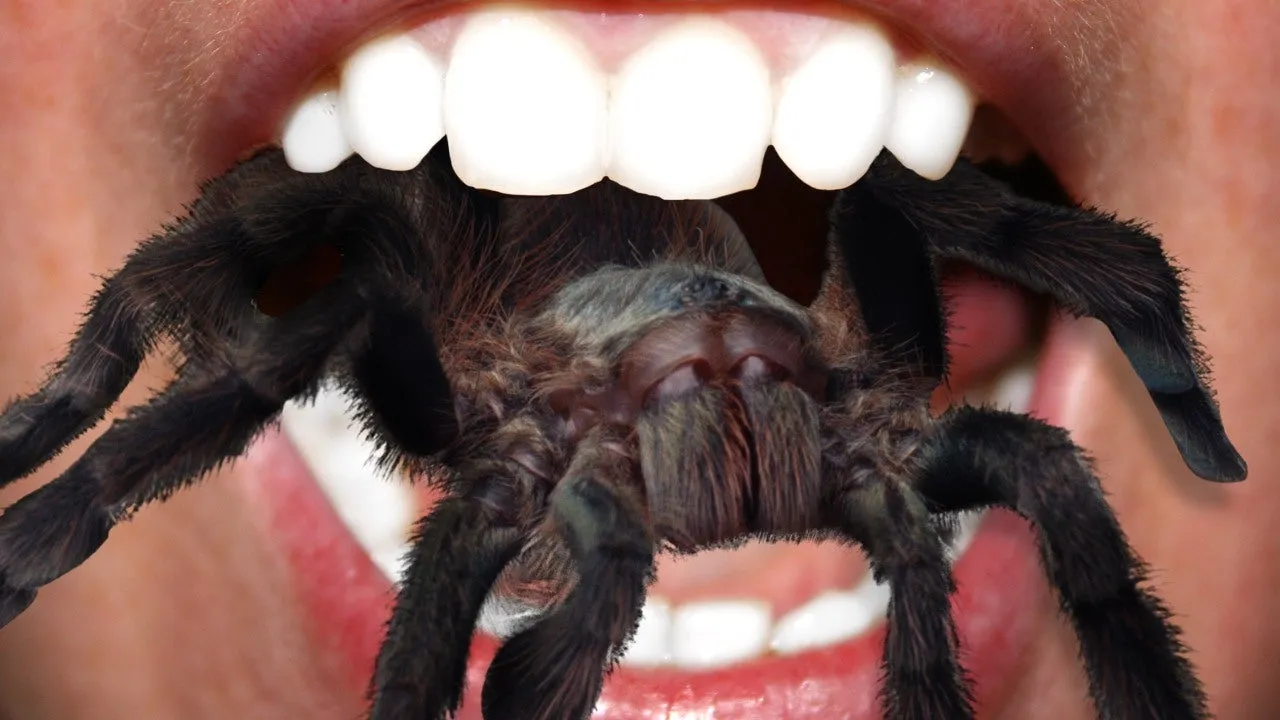
A healthy appetite is a key indicator of a thriving baby tarantula. Observe the spiderling’s reaction to food. A spiderling with a healthy appetite will readily accept the prey offered. Note the spiderling’s feeding behavior. If it quickly seizes the prey and begins to feed, it is a good sign. The spiderling should appear active and alert, not lethargic or withdrawn. Check the abdomen. A healthy tarantula’s abdomen should be rounded but not overly distended. Regularly monitor your tarantula’s feeding habits, paying attention to its enthusiasm for food, and the rate at which it consumes its prey. Consistent eating habits indicate good health and provide peace of mind.
Identifying Potential Feeding Problems
Identifying potential feeding problems is essential for providing the best care for your baby tarantula. Failure to eat is one of the most common issues. If your spiderling consistently refuses food for several days, it might indicate a problem. Another issue is a loss of appetite, where the spiderling shows less interest in food than usual. Inspect your tarantula for signs of illness. Look for any changes in its behavior, such as lethargy or weakness. Check the enclosure’s environment. The temperature, humidity, and other environmental factors might be incorrect. The spiderling may be preparing to molt, which often causes a temporary halt in eating. If you notice any of these issues, it’s best to take steps to address the underlying causes, such as adjusting the environment or seeking advice from an experienced tarantula keeper.
Common Mistakes to Avoid
Avoiding common mistakes is vital when feeding a baby tarantula, to ensure its health and well-being. One frequent error is overfeeding, which can lead to a number of health problems. Incorrectly sized prey is another issue. Always ensure that the prey is the right size. Providing food that is too large can stress the spiderling and potentially injure it. Failure to remove uneaten food is a mistake. Another mistake is a lack of variety. Make sure to offer a range of foods to provide a balanced diet. Improper enclosure conditions, such as incorrect temperature or humidity, can also affect feeding habits. Always maintain the right conditions. Remember to research the specific needs of your tarantula species and to learn from experienced keepers. By avoiding these common mistakes, you can provide the best care for your baby tarantula.
